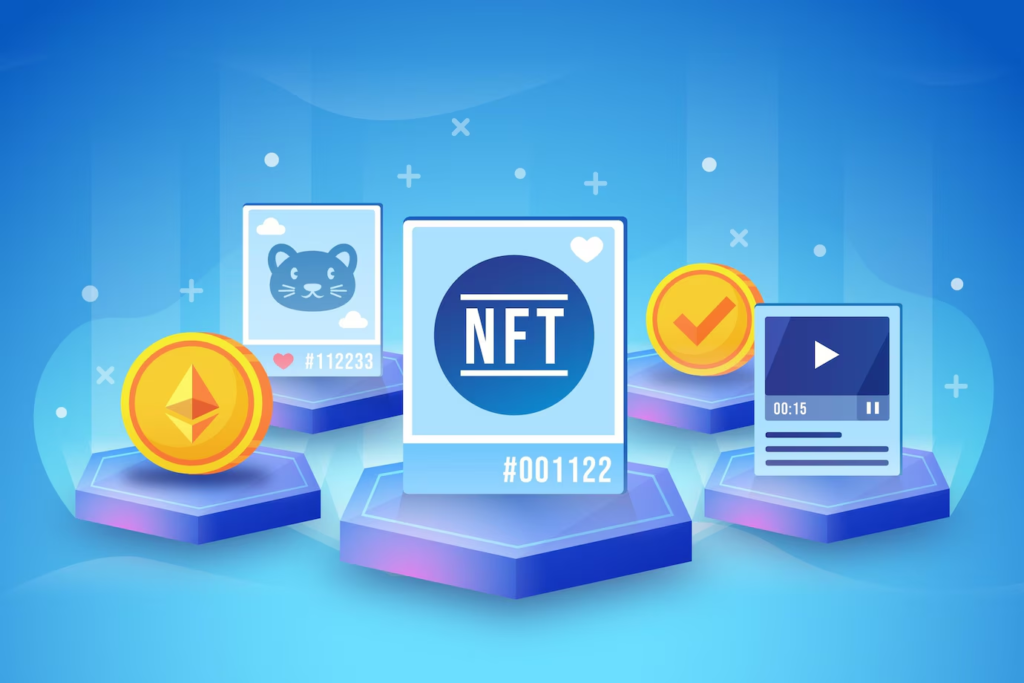Introduction
Manual testing—once the industry standard—is no longer sufficient to keep up with agile development cycles, cross-platform applications, and rising user expectations.
Enter automation testing platforms: AI-driven, scalable, and highly efficient solutions transforming QA processes. From reducing human error to enabling continuous testing in DevOps pipelines, automation redefines how companies ensure software quality.
In this article, let us explore how automation testing platforms transform QA operations.
The Transformative Impact of Automation Testing Platforms on QA
1. Accelerating Quality Verification
The most immediate impact of automation is speed. Where manual testing might require days to complete a full regression suite, automated tests can run the same coverage in hours, sometimes minutes. This isn’t just about raw execution speed. Automation enables parallel testing across dozens of device/browser combinations simultaneously, something physically impossible with manual teams. Continuous integration pipelines now incorporate automated tests that run with every code commit, providing developers with instant feedback. Perhaps most valuable is the ability to execute tests overnight or during off-hours, effectively adding extra testing cycles to each workday.
2. Engineering Precision into Testing
Beyond speed, automation brings unprecedented consistency to quality verification. Test scripts perform the exact same steps with machine precision every single execution, eliminating the variability of human testers. Modern platforms enhance this further with intelligent features like self-healing tests that automatically adapt to minor UI changes. Data-driven testing approaches allow for exhaustive validation of input combinations at scale, while visual comparison tools can detect pixel-level UI regressions that might escape traditional testing. This combination of capabilities creates a safety net that’s both broader and more precise than manual methods.
3. Scaling Quality Assurance
Automation removes the physical constraints that once limited the testing scope. Cloud-based solutions provide instant access to thousands of real device configurations, enabling comprehensive cross-platform validation without maintaining expensive device labs. The same scalability applies to performance testing, where automated tools can simulate millions of concurrent users to identify bottlenecks. This expanded coverage extends to modern architectures like microservices and IoT ecosystems, ensuring quality across increasingly complex technical environments.
4. The Strategic Advantage
Automation testing elevates QA from a cost center to a strategic value driver. It liberates QA teams from repetitive tasks, allowing them to focus on high-impact activities like exploratory testing and user experience optimization. The financial benefits are clear – catching defects early reduces remediation costs by 3-5x compared to post-production fixes. Beyond efficiency gains, automated testing creates a foundation for continuous delivery, giving organizations a crucial competitive edge in release velocity while maintaining quality standards.
5. Enabling Smarter Testing with AI and Machine Learning
Modern automation platforms leverage AI/ML to transform test creation, execution, and maintenance. Beyond self-healing tests, machine learning algorithms now analyze historical defect patterns to predict high-risk areas, prioritize test cases, and even generate optimized test scripts autonomously. Natural language processing (NLP) allows tests to be written in plain English, while AI-powered visual testing detects UI anomalies invisible to traditional scripts. This intelligence layer reduces maintenance overhead by up to 70% while uncovering edge cases human testers might miss.
6. Bridging the Gap Between Dev, QA, and Ops
Automation acts as the connective tissue in DevOps pipelines, enabling true continuous testing. Developers embed automated unit tests in their IDEs, QA teams trigger cross-browser regression suites via CI/CD hooks, and Ops professionals monitor automated production tests for real-time quality insights. Shared frameworks like Cucumber or Robot Framework create a common language for behavior-driven development (BDD), while integrations with tools like Kubernetes and Datadog ensure quality gates at every deployment stage. This collapse of silos accelerates feedback loops from weeks to minutes.
7. Future-Proofing QA for Emerging Technologies
As software frontiers expand, automation platforms are pioneering testing methods for uncharted territories. Voice assistants require NLP validation across dialects, while blockchain applications need smart contract auditing and gas fee optimization checks. AR/VR testing now includes motion path validation and 3D object interaction tracking. Cutting-edge areas like ethical AI testing (bias detection) and quantum computing (qubit state verification) are already being addressed by adaptive automation frameworks, ensuring QA stays ahead of the innovation curve.
Conclusion
Automation testing platforms have transformed quality assurance from a bottleneck into a strategic accelerator. Their most significant impact lies in their ability to integrate seamlessly across the development lifecycle—from AI-driven test creation to real-time quality monitoring in production environments.
HeadSpin lets teams run tests built with Selenium, Appium, and 60+ other automation tools and frameworks—at scale, across real devices and networks. It enables teams to execute existing scripts at scale while adding intelligent capabilities like self-healing tests and performance benchmarking.






